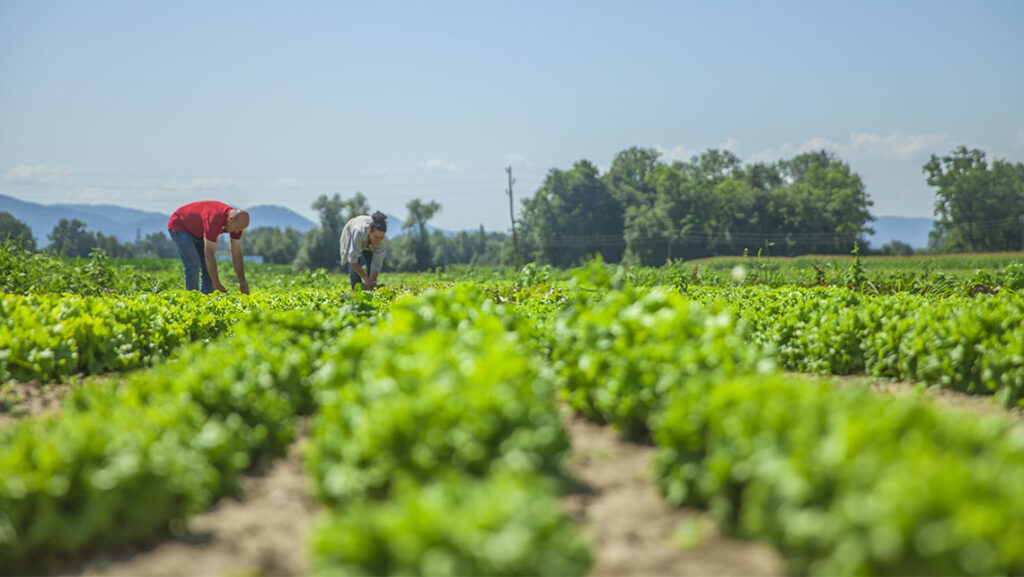![]()
The event took place in the organoponic Tínima, considered the largest of its kind in Cuba with 1,056 beds in an area of 27.26 hectares

Camagüey, Cuba, April 8th.- For demonstrating his organizational capacity to convert each space of arable land into a sustainable food source, the highest authorities of the Communist Party of Cuba (PCC) and the Government of Camagüey sent recognition to the Army General Raúl Castro Ruz, who promoted the development of the Urban, Suburban and Family Agriculture Program in Cuba 15 years ago.
During the national celebration in the Camagüey territory, Idael Pérez Brito, Minister of Agriculture of Cuba, stated that the main municipalities of Matanzas and Camagüey exemplify the effort in the search and identification of the existing potential in the town, accompanied by Pinar del Río, Sancti Spíritus, Ciego de Ávila and Guantánamo with more than one hundred percent compliance of the farms in production.
This program, he said, has directed actions towards the organization and consolidation of suburban family farms, grouped in different forms of management that cover about two million hectares with a character of agricultural diversification and the application of agroecological technologies.
With the beginning of this strategic task in 156 municipalities in the country, he noted, projects were prepared to promote 147,465 farms, of which 140,997 are in production today.
Regarding the production of vegetable seeds carried out in suburban areas through the network of 147 municipal farms and producers, five priority species have been produced, including lettuce, chard, radish, okra and cucumber, still insufficient to meet the demands of the population.
In addition, he pointed out that there is a network of 26 municipal farms categorized as special where part of the basic seed from research institutes is multiplied and work is carried out to generalize innovations in some crops.
On the other hand, he recognized that the farmer’s productive experience has shown that the practice of preparing organic fertilizers from the processing of biodegradable waste from the production process and other waste is the most viable way to guarantee productive stability.
Likewise, he highlighted that there are 28 botanical gardens in the municipalities, many of them with more than one hundred species, which constitutes a contribution of very high value to the conservation of plant genetic resources.
These suburban farms, he said, constitute a potential for food production applying agroecological techniques, but only 303 farms are certified and this year the evaluation of 12 thousand agroecological hectares located on suburban farms must advance.
The event took place in the organoponic Tínima, considered the largest of its kind in Cuba with 1,056 beds in an area of 27.26 hectares.
On the day, advanced producers from several provinces of the country were recognized, in the presence of José Ramón Monteagudo Ruíz, member of the Secretariat of the Central Committee of the PCC, and Jorge Luis Tapia Fonseca, vice prime minister of the Republic of Cuba, accompanied by the main authorities of the Camagüey territory.
(ACN)